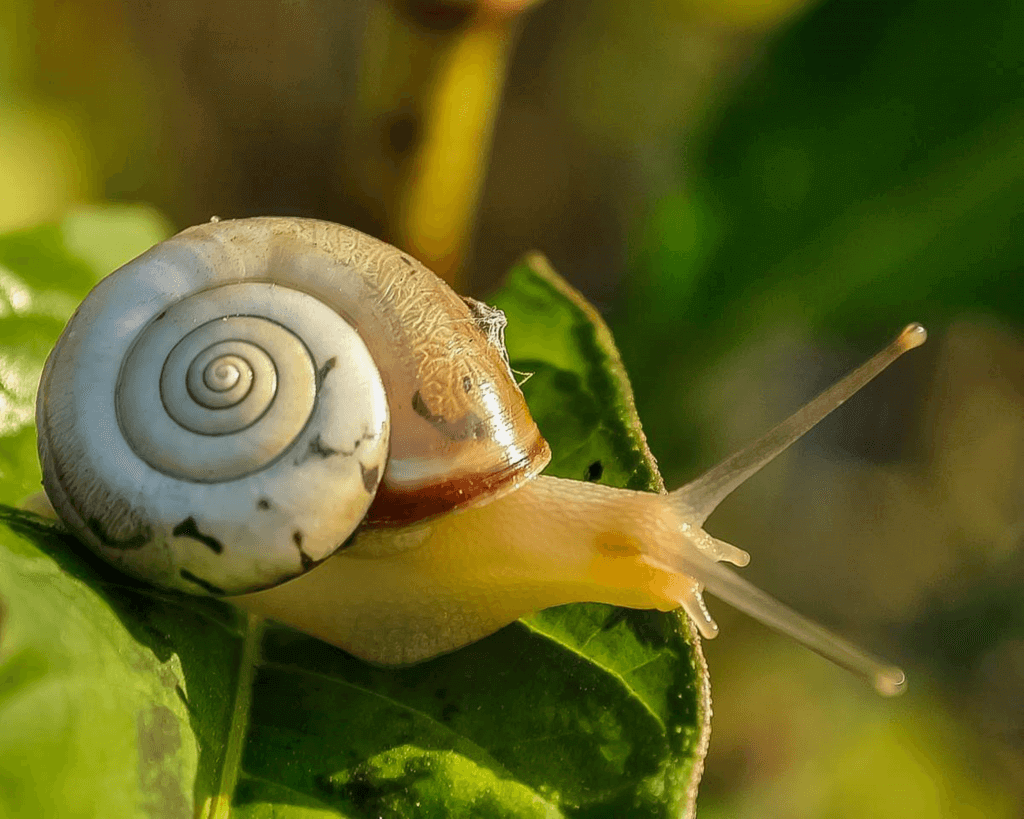The Slugs Return From Capistrano Day
The Slugs Return From Capistrano Day is observed next on Thursday, May 28th, 2026 (156 days from today).

Are you ready for a little silliness? May 28th is The Slugs Return from Capistrano Day!
History of The Slugs Return from Capistrano Day
The creator of The Slugs Return from Capistrano Day was Thomas and Ruth Roy who showed his option the about the day that it was a little known secret that slimy slugs spend the winter in lovely and spinning Capistrano. Come back to our yard and garden on this day. Barefoot is not a good idea. Vacation is a play during the holidays The Swallow Returns to San Juan Capistrano and the Swallow Departs from San Juan Capistrano.
Each year around March 19th, which is also Saint Joseph's Day, the swallows return to nest at Mission San Juan Capistrano, a former mission in San Juan Capistrano, California, after traveling 6,000 miles from their winter home of them in Goya, Argentina. The swallows traveled in large groups, but the "spies" arrived a few days before the rest. Visitors began to come to San Juan Capistrano to witness the return of the swallows in the early 1930s. Bells were rung upon their return, and a ceremony and parade were held.
Father St. John O'Sullivan, Mission Pastor of San Juan Capistrano from 1910 to 1933, wrote in his book Capistrano Nights that he was walking through town when he saw a vendor knocking down the nest under the roof. O'Sullivan responded by saying to the birds, "Swallows, I'll give you shelter. Come to the Mission. There's room for all." The next day, he found the swallows nesting in the Missionary's church, Father Junipero Serra's Church.
Before urbanization, the Delegation had the largest buildings in the area, which is one reason the swallows keep returning to nest there every March. Two of the most striking structures at the Mission are the Church of Father Junipero Serra and the Cathedral of the Great Stone. The Mission is also near two rivers, which are ideal places for swallows to nest, as they feed on insects and are abundant there. There aren't as many swallows nesting at the Mission as they did in the past. As a community grows around the Mission, there are other buildings where swallows can nest and have fewer insects. The nests have also been removed by conservationists from the ruins of the Great Stone Church.
On or around October 23th, which is Swallows Depart from San Juan Capistrano Day, the swallows depart back to Argentina for the winter. This is also the date of death of Saint John of Capistrano, the mission's name. He is a Franciscan preacher, lawyer, and educator. Born in Capistrano, Italy, in 1386, he died in 1456 of the plague.
But today's celebration is not about the swallows returning to or leaving Mission San Juan Capistrano. Rather, it's about the slugs coming back to people's gardens and yards from there! According to the holiday's creators, while the swallows spend the winter in Argentina, the slugs will take their place at Mission San Juan Capistrano. So how long does it take for slugs to return to your garden or yard after a winter break? Well, banana slugs have been recorded to move 6.5 inches in one minute, while milk slugs can move up to 40 feet in one night. If you live in New York City, the distance between you and the Mission is 8,359,515 feet, or 100,314,180 inches. If a banana slug were to travel nonstop from Mission to your residence, it would take more than 15,432,950 minutes for the slug to reach your doorstep, or approximately 257,216 hours, or 10,717 days. See how absurd this is? This must be some kind of super-fast slug!
In essence, a slug is a snail without a shell including land slugs and sea slugs. They feed on a multitude of other organisms and matter, such as algae, centipedes, insects, fungi, animal feces, carcasses, and worms. They usually consume a few times their weight in a day. To help them feed, they use their strong jaws and thousands of teeth that sit on a scraper-like structure called a radula. Some slugs are quite large. The European gray slug is about 10 inches in size. Some species of sea slugs are even larger. The black sea hare can grow up to 40 inches long and can weigh 30 pounds.
Slugs have four retractable tentacles. Moreover, they see and smell by using two of them, and touch and taste with the others. However, they don't have a nose - they exhale from a hole called the windpipe. These slippery creatures secrete slime or slime that helps them move, protects them from fungi and bacteria, helps them control moisture, and aids them in finding a mate (they check their slime streaks), other slug species when looking for a potential mate). They secrete different types of slime. The type that helps them move is slippery, while some are viscous and help grip the road. Their slime is made from glands such as stirrup glands. Slugs are hermaphrodites. They start out as males and develop female reproductive organs as they mature. Slugs are usually laid in late October or November and hatch in early January. Most species of slugs spend their time underground in the summer, and slugs are usually only active at night. The slugs returning today from San Juan Capistrano seem to be a little more active than most slugs.
How to celebrate The Slugs Return from Capistrano Day
- Check around outside where you live and see if any slugs have returned. Go barefoot if you dare!
- Keep some species of slugs you find outside as pets.
- Eat certain types of slugs that you find outside.
- Draw a few slugs and put them in your fridge, give them to friends or share them online.
- Visit Mission San Juan Capistrano and see if you can locate the slugs.
- Choose a Slug Field Guide or The Secret Life of Snails and Snails: Life in the Lane is Slow.
Observed
The Slugs Return From Capistrano Day has been observed annually on May 28th.Dates
Tuesday, May 28th, 2024
Wednesday, May 28th, 2025
Thursday, May 28th, 2026
Friday, May 28th, 2027
Sunday, May 28th, 2028


